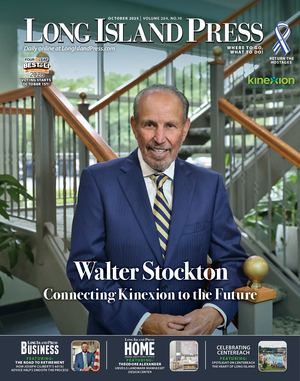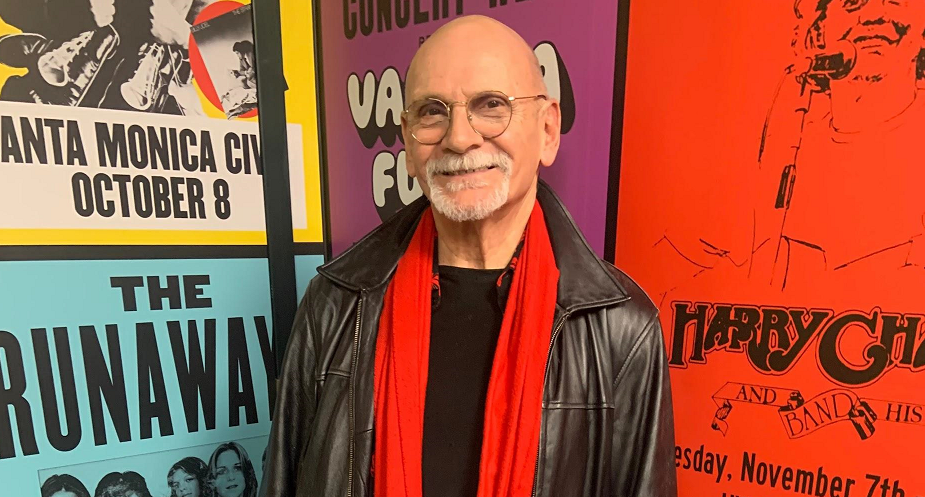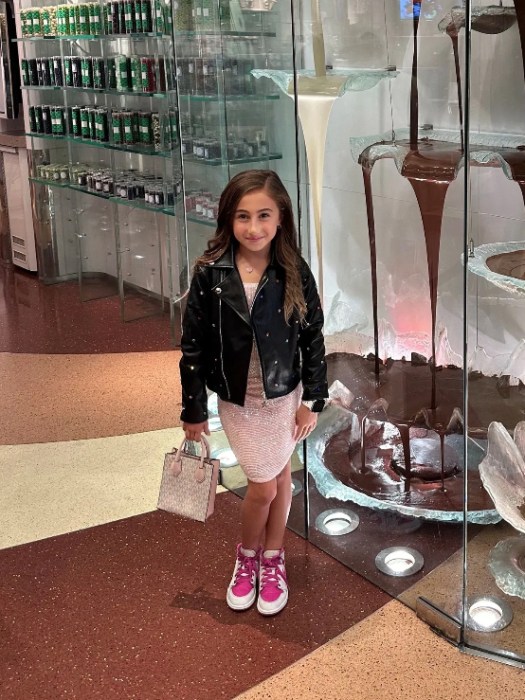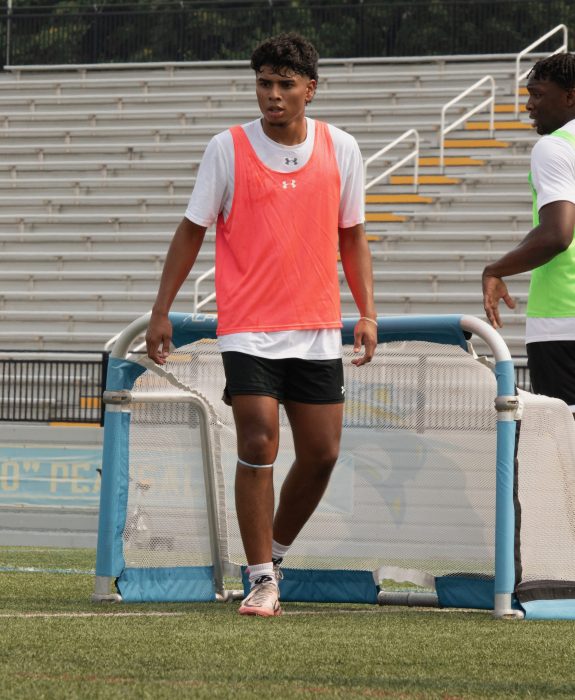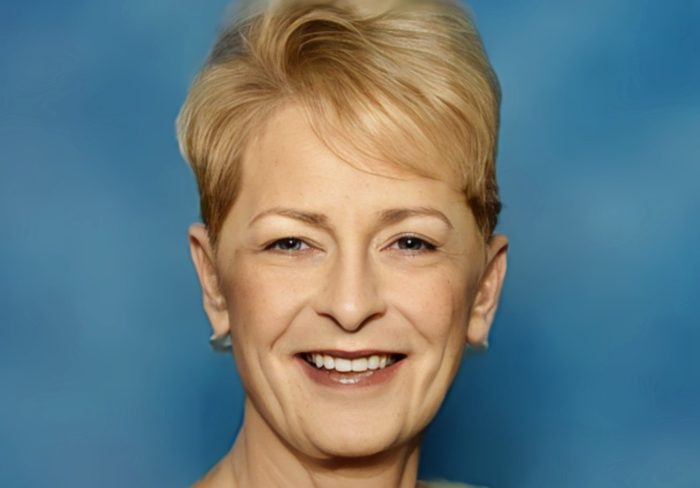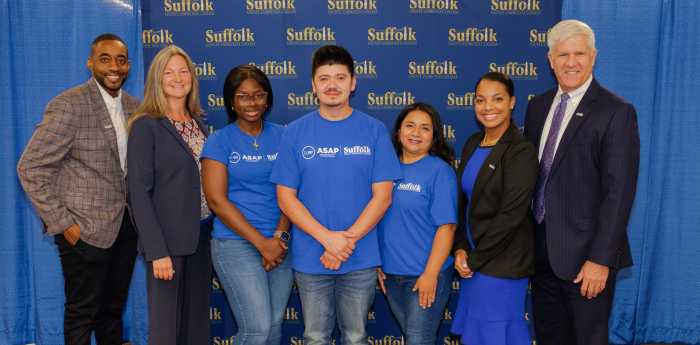Hicksville native and bassist Jimmy Rosica remembers the night that changed his life: March 15, 1968, at a local nightclub on Route 110 in Farmingdale called Cloud 9 A Go Go.
What started as a garage band performance for a battle of the bands led to the formation of one of the most iconic doo-wop pop groups of the late 1960s—The Brooklyn Bridge.
“We were just a bunch of kids; we were all from Hicksville, me, Tommy Sullivan, Carolyn Sullivan (nee Wood), Joe Ruvio, Shelly David and Artie Catanzarita, except Richie Macioce; he was from Valley Stream,” Rosica said. “We didn’t even have a name when we showed up at the club that night. Richie made one up—The Rhythm Method—because we were all Catholic and thought it was clever.”
This casual decision would become a turning point in Rosica’s life.
That night, the band caught the attention of an associate of Betty Sperber, the manager of Johnny Maestro, the former lead singer of The Crests and then frontman of the vocal group The Del-Satins. She invited Rosica and Sullivan to meet with Sperber in Manhattan the following day.
Sperber saw potential in the garage group’s energy and their horn section, a rarity on the local scene at the time.
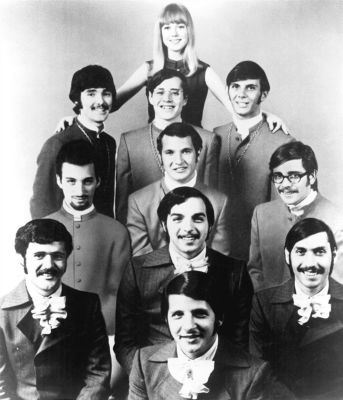
“Betty called Dave Zaan, who was the president of Banner Talent and said something to the effect of, ‘Dave, look, Betty Sperber here, Johnny Maestro is putting together a new 11-piece group’ and Dave replied, “11 pieces, Jesus Christ, Betty, trying to sell that would be like trying to sell the Brooklyn Bridge.’
She got off the phone and said, ‘Your new name is The Brooklyn Bridge,’ and that was that. We had no connection to Brooklyn. It was just a name; it stuck,” Rosica said.
In addition to the original six members of the Rhythm Method garage band, Johnny Maestro, Les Cauchi, Freddy Ferrara and Mike Gregorio were eventually added.
Throughout the years, Joe Esposito, Marty D’Amico, Jim Sarle, Lou Agiesta, “Smitty” Edward Smith, Roy Michaels, Ed Lisciandro, Ben Sudano, Ed Gaudio and Richie Bono also played with the group.
By May 1968, the group was opening for The Young Rascals at Westbury Music Fair.
“Long Island in 1968, the people who played Westbury Music Fair were like Perry Como and Johnny Mathis, not rock and roll groups; the venue hadn’t gone in that direction yet,” Rosica said. “’Newsday’ gave us rave reviews, which was kind of the beginning.”
The group played a six-week stretch at The Cheetah in New York City (Broadway and 53rd from 1966-1970).
“By the end of the summer, record companies were coming in to take a look at us,” Rosica said. “We ended up signing with Buddah Records.”
The band’s blend of doo-wop harmonies, pop melodies and brass arrangements quickly gained traction. Their self-titled debut album, “The Brooklyn Bridge,” was released later that year, featuring now-classic tracks such as “Blessed Is the Rain,” “Welcome Me Love,” and their gold-certified hit “The Worst That Could Happen.”
The latter rose to No. 3 on the Billboard Hot 100 and led to an appearance on “The Ed Sullivan Show” in December 1968.
Rosica vividly remembers the recording process for that breakthrough single. Originally performed by the band, The 5th Dimension, “The Worst That Could Happen” lacked the vocal power that Maestro would bring to it.
“Our version came together in the studio when our producer asked Johnny if he could change an original falsetto note by The 5th Dimension and change it to a natural voice,” Rosica said. “He went into the vocal booth and in one take, he just nailed it. That moment gave the song its power.”
Now 78, Rosica remains active in music and continues to share the story of The Brooklyn Bridge’s origins. On Saturday, May 24, at 1 p.m., he’ll be featured at a special Q&A event at the Long Island Music and Entertainment Hall of Fame in Stony Brook, where he is a 2006 inductee alongside his bandmates.
Rosica, who grew up near South Oyster Bay Road in Hicksville and attended Hicksville High School (Class of ’65), has always had a close connection to Long Island’s music scene. His exposure to live music started across the street from his childhood home at a teen club called The White Brick Inn.
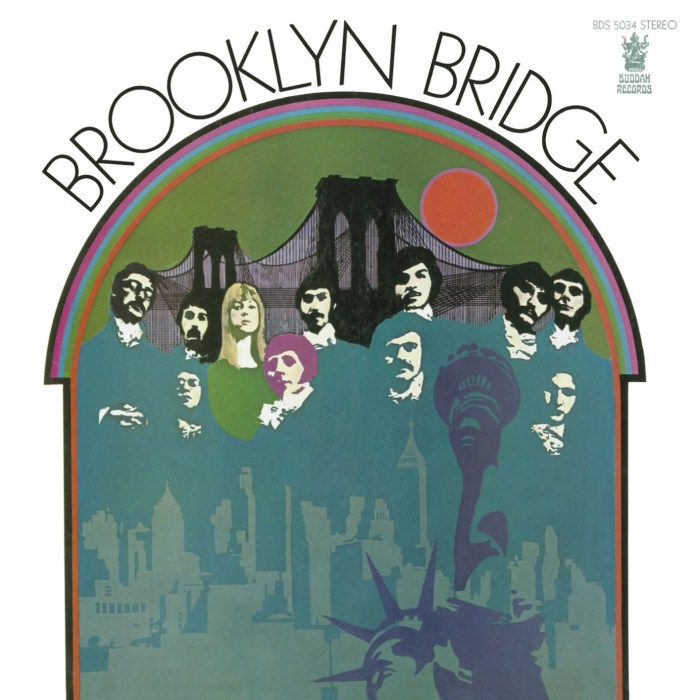
“I never thought I’d still be talking about this music over 50 years later,” Rosica said. “I’ve got great-grandchildren now and here I am doing shows and sharing stories like it all happened yesterday.”
For a musician who started in a basement band and ended up on “The Ed Sullivan Show,” Rosica’s journey with The Brooklyn Bridge is as much about enduring legacy as it is about the music itself.
“I’m excited to share stories about our first album with The Brooklyn Bridge at the Long Island Music and Entertainment Hall of Fame,” Rosica said. “It’s a special part of our history that means so much to me.”
The May 24 LIMEHOF event is open to the public and free to LIMEHOF members; non-members may attend with general admission. Visit www.limusichalloffame.org for more details.
